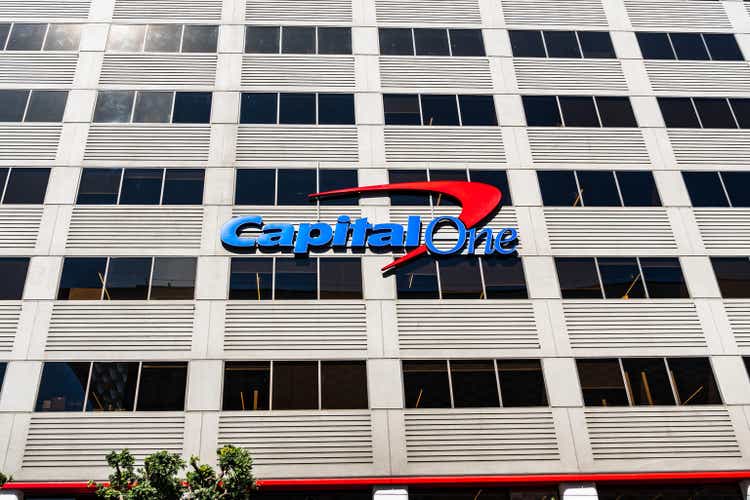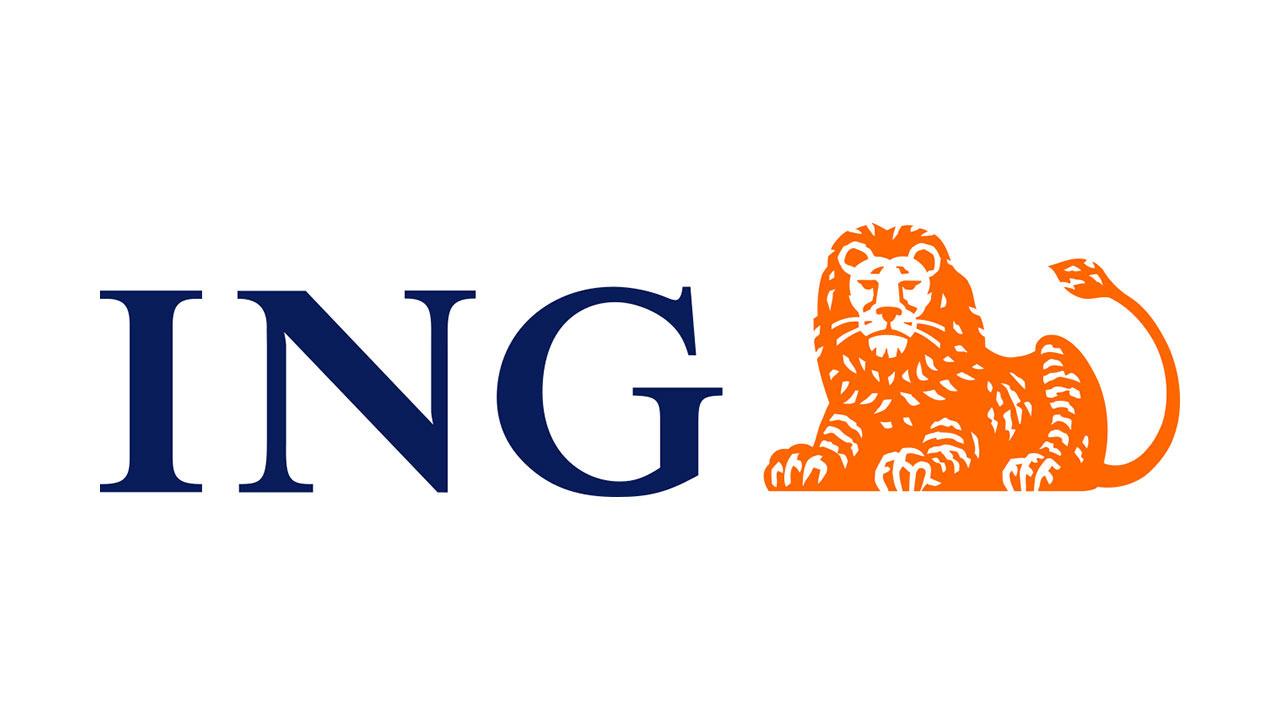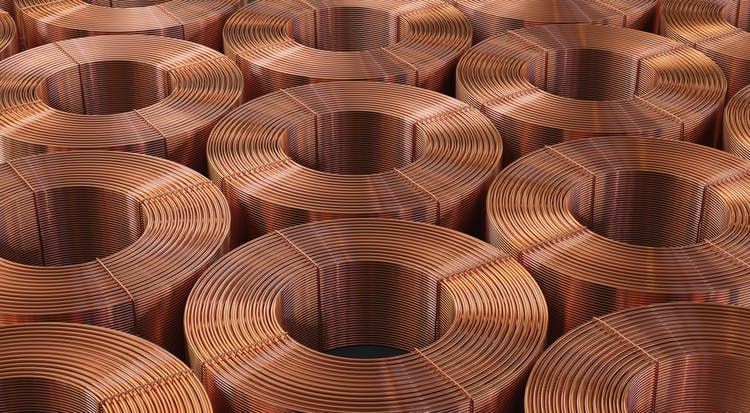- The price of copper moved upward sharply yesterday after President Trump said he thought imports should be taxed at 50%. He also said pharmaceuticals should be tariffed at 200%. The U.S. is not self-sufficient in either product—which would make life more expensive for Americans if Trump follows through with his plans. This morning, investors seem to be betting that he’ll eventually climb down.
Forgive yourself if you haven’t given much thought to the copper futures market recently. But yesterday, the price of contracts for the not-very-precious metal spiked upward viciously because—you guessed it—President Trump announced a new tariff plan.
“Today we’re doing copper,” Trump said, while floating the notion that the U.S. should impose a 50% tariff on imported copper.
Copper prices were up 17% in New York on Tuesday but fell back this morning. Futures contracts were $5.54 per pound this morning, up 8% over the previous five days. There hasn’t been this much drama in the copper market since the financial crisis of 2008.
Analysts, investors, and economists are agog.
The U.S., as everyone knows, is not self-sufficient in copper. The U.S. imports 810,000 metric tons of copper every year, because the metal is used to make … pretty much everything! Certainly, every electronic gadget in your home and car contains copper.
This isn’t a debate, by the way. There’s broad agreement that the U.S. can’t produce all the copper it needs. Jeffries analyst Christopher LaFemina says so. The Mining Association of Canada says so. And Morgan Stanley says so: About 36% of copper consumed in the U.S. is imported, according to research cited by Bloomberg. It would take years to dig the mining capacity needed for the U.S. to generate all the copper it needs.
Trump’s 50% tariff would therefore be a straightforward price increase imposed on U.S. businesses and consumers. Copper prices actually fell in London this morning as producers anticipated reduced demand from the American market.
This poses a problem for Trump, who has been bullying U.S. Federal Reserve Chairman Jerome Powell to lower interest rates. But Powell won’t be lowering rates if the spiralling price of copper is lifting inflation. Research by UBS and Pantheon Macroeconomics—seen by Fortune this morning—suggest that a copper tariff would add 0.02% to 0.03% onto the inflation rate. That’s not a huge amount—so it might still give Powell the wiggle room he needs to cut the rate in September despite the copper problem.
And behind the copper chaos, there’s a bigger potential issue waiting: Trump’s proposed 200% tariff on imported pharmaceuticals: “A 200% tariff rate on pharmaceuticals would be a much bigger deal, as they account for 8% of total imports. But the president threatened this exorbitant rate after a proposed transition period of at least one year, allowing time for massive stockpiling, which would limit the impact on businesses’ costs and consumer price inflation,” Samuel Tombs and Oliver Allen told clients in a note this morning.
Not just a “bigger deal” for the markets, of course. It could be a political problem for the president. Somehow, Trump will have to sell more expensive copper and drugs to a voting public that, presumably, would rather not pay more for these essentials.
Today, the smart money is saying that this is all drama for drama’s sake. It’s waiting for the actual tariff deals to get cut before it believes the headlines. S&P futures were sitting placidly this morning, up only 0.12%. It’s almost as if investors don’t believe that Trump will ultimately go through with these plans.
Here’s a snapshot of the action prior to the opening bell in New York:
- S&P 500 futures were flat this morning in premarket trading after the index itself closed flat yesterday at 6,225.
- Asian markets were largely up this morning with the exception of China, where the CSI 300 sank 0.18% and the Hang Seng in Hong Kong lost more than a point.
- Stoxx Europe 600 was up 0.5% in early trading.
- The UK’s FTSE 100 rose 0.22% as it neared another all-time high.
- Bitcoin remained above $108K.
This story was originally featured on Fortune.com

 2 hours ago
1
2 hours ago
1




















 English (US) ·
English (US) ·